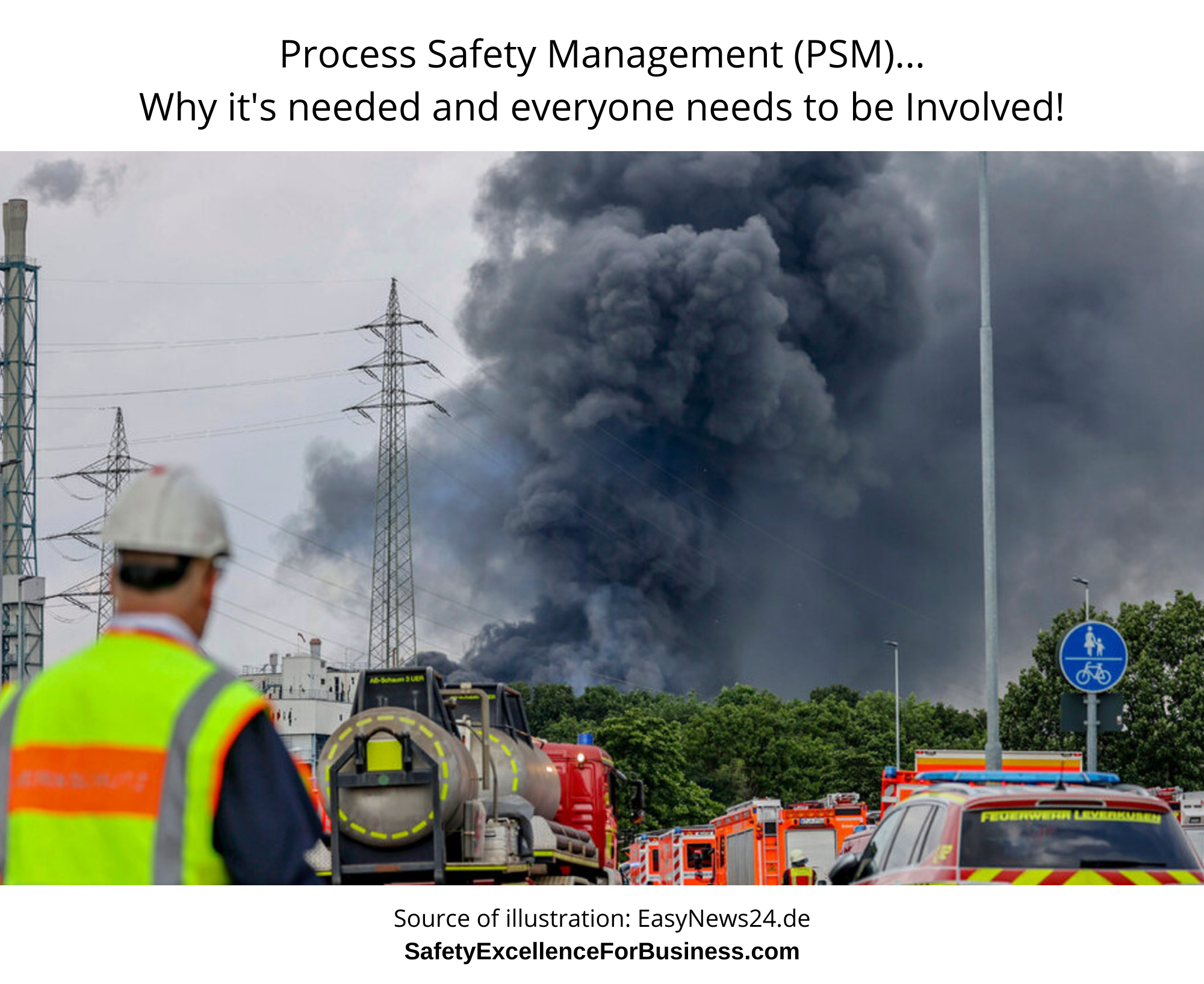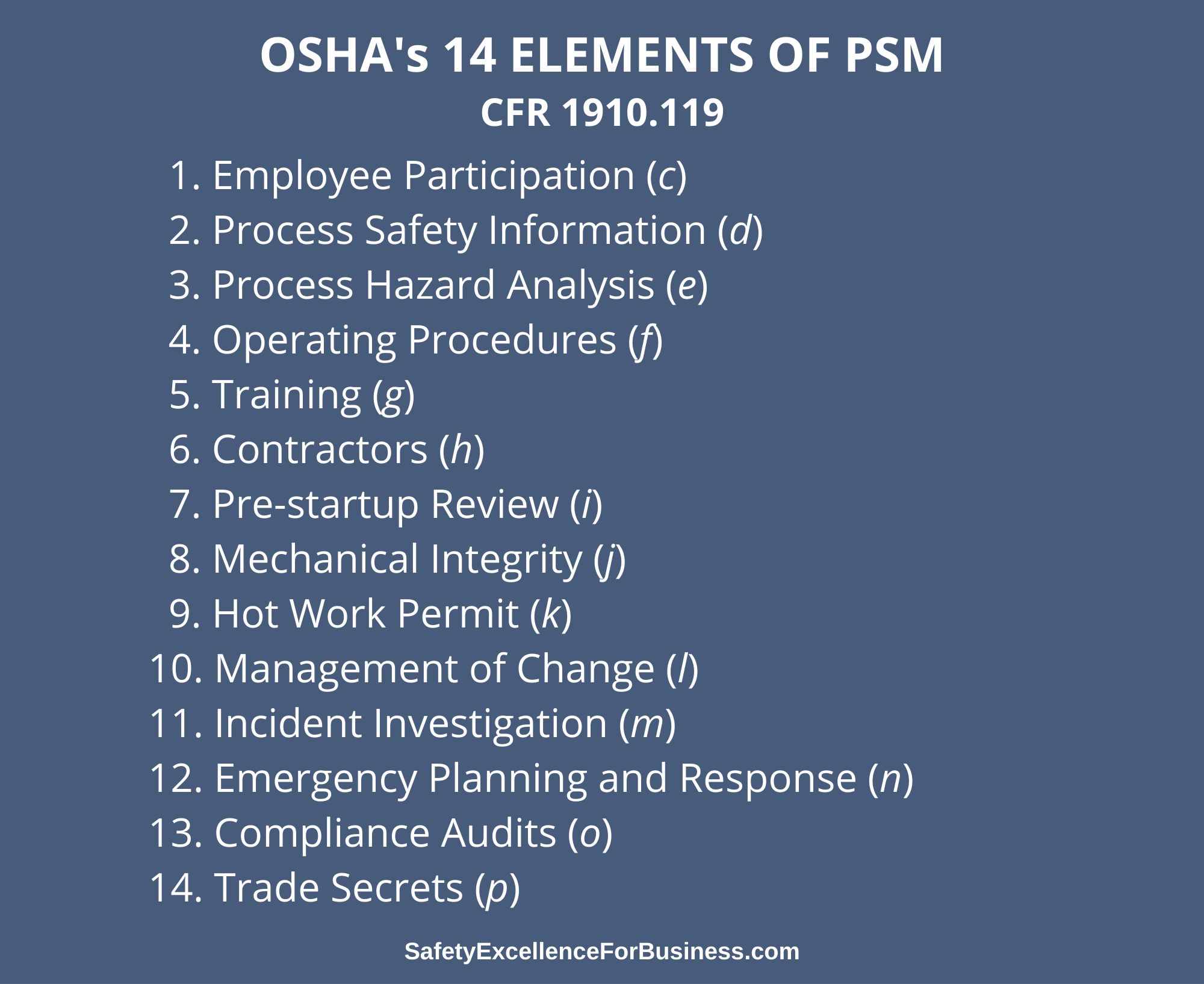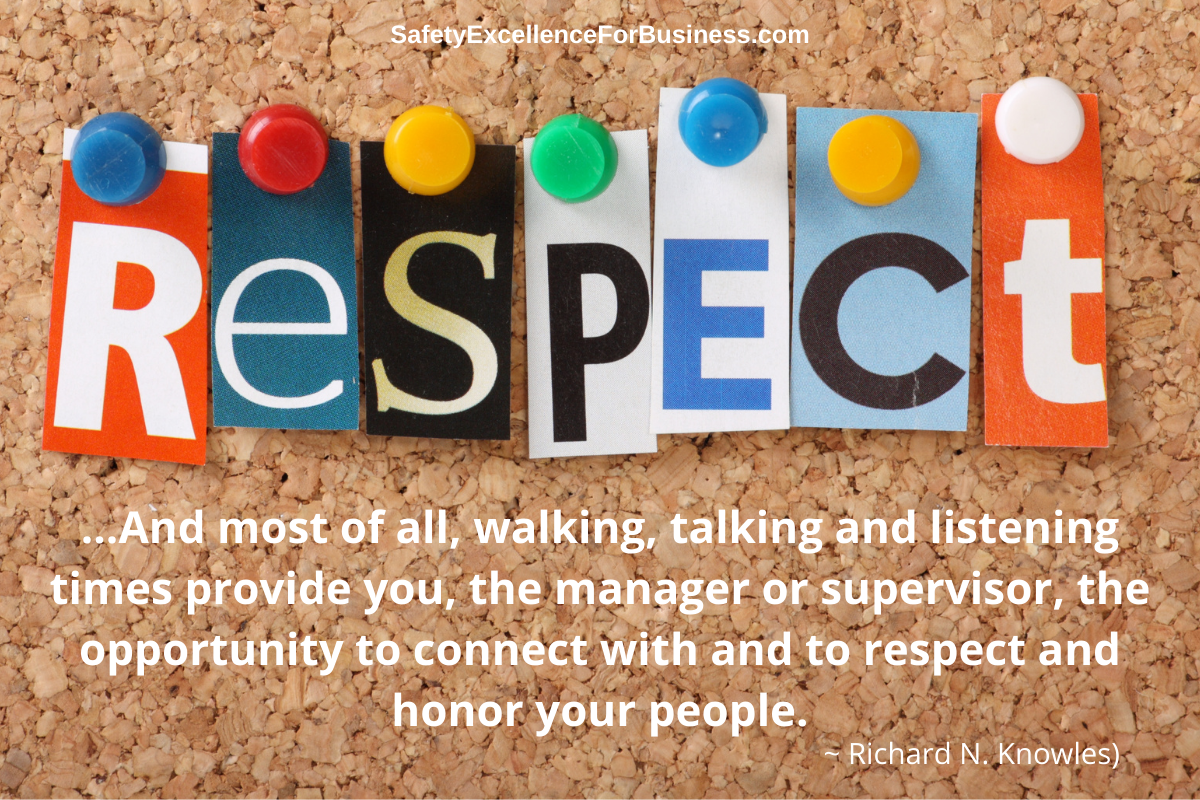A few days ago, I had the opportunity to talk with the owner of a small mechanical contracting business.
He is a fine man with a very difficult, complex task facing him every day. He has all the burdens of the financial, business, and safety sides of the business on his shoulders. He markets, works with the bank and his accountant to pay the people, the bills and the taxes to keep everything going with no one getting hurt. He seems to be doing quite well with this, but it is a difficult scramble.
He also needs to be in conversation with the local Craft Union Halls to ensure a supply of trained mechanics, brick layers, and pipe fitters. He has a base workforce of about 10 people and augments this with people from the Union Hall as the level of the business projects fluctuate. But the Unions are having trouble getting people to train so the supply of trained craft people is limited, and this causes a lot more strain on him and the business.
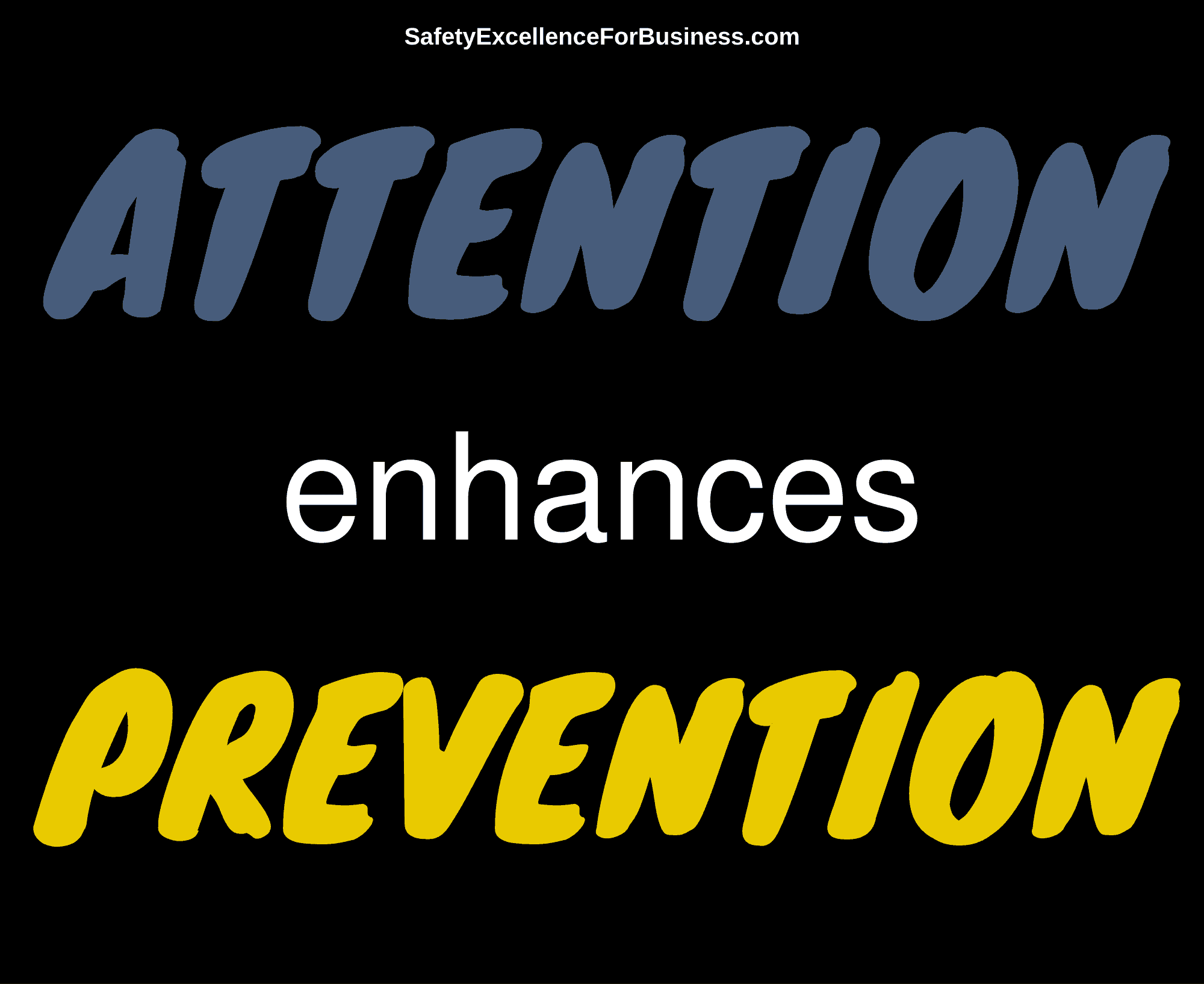
He does residential and commercial work of all varieties and complexity, so the people need to know what they are doing and do it safely. As various jobs come up, he has to send the right craft people, with the right skill levels to staff the jobs. He has a central office, a large storage area, and a truck garage, but the work is all scattered across a wide geographical area, so he is highly dependent on the people doing the jobs well and safely.
Since some of the newer craft people from the Union Halls are not highly skilled, he also has to do specialized training to bring them up to speed. But discipline is lax; some people come to work late, holding up jobs, while others spend their time on their cell phones rather than paying attention to training videos. This is highly frustrating.
With the wide-spread use of cocaine and other drugs, he is also constantly worrying if the people are mentally ready to do their work. He tries to visually assess the people, but it is very hard to judge drug impairment, so this is a constant worry.
His mind is constantly racing.
Are they setting up the work area so it will be safe? If they are going to use a high-lift, are they setting it up properly with the out riggers properly positioned? Are they lifting properly so they do not hurt their backs? Do they have the right glasses, gloves and other protective equipment and are they using them? Are they looking out for each other? The questions race through his mind.
So here is a good man with a vast array of priorities trying to cover and manage it all. I was impressed at how well he actually was doing.
We then talked together about how he manages and leads all this. Mostly, his approach is to tell the people what to do and remind them to work safely. Several times a week he goes out to see the various jobs and check on their safety. But mostly the people work alone or in pairs and self-manage themselves. He hopes they are always working safely but is concerned that too many of the people may be cutting corners. Several years ago, they did have a very serious injury so that is heavy on his mind.
As we talked, it became apparent that he and his 10-person core team had to change their working relationship from one of top-down orders to one with everyone pulling together so the business can really succeed, be sustainable and no one gets hurt. This core group would all share the leadership responsibilities and ensure that everyone was working at the highest level of safety and fulfilling the demands of their particular jobs.
A Half-Day Workshop
We talked together about bringing them all together for a half-day workshop to talk together about doing things differently. We’ll begin to build the trust they need, to share the information about the need to keep the business profitable, to improve customer relations, to work safely, and keep paying good wages. We would draw out good ideas and insights from everyone and build on these to get better. The collective intelligence of the whole group will rise as we work together in this workshop.
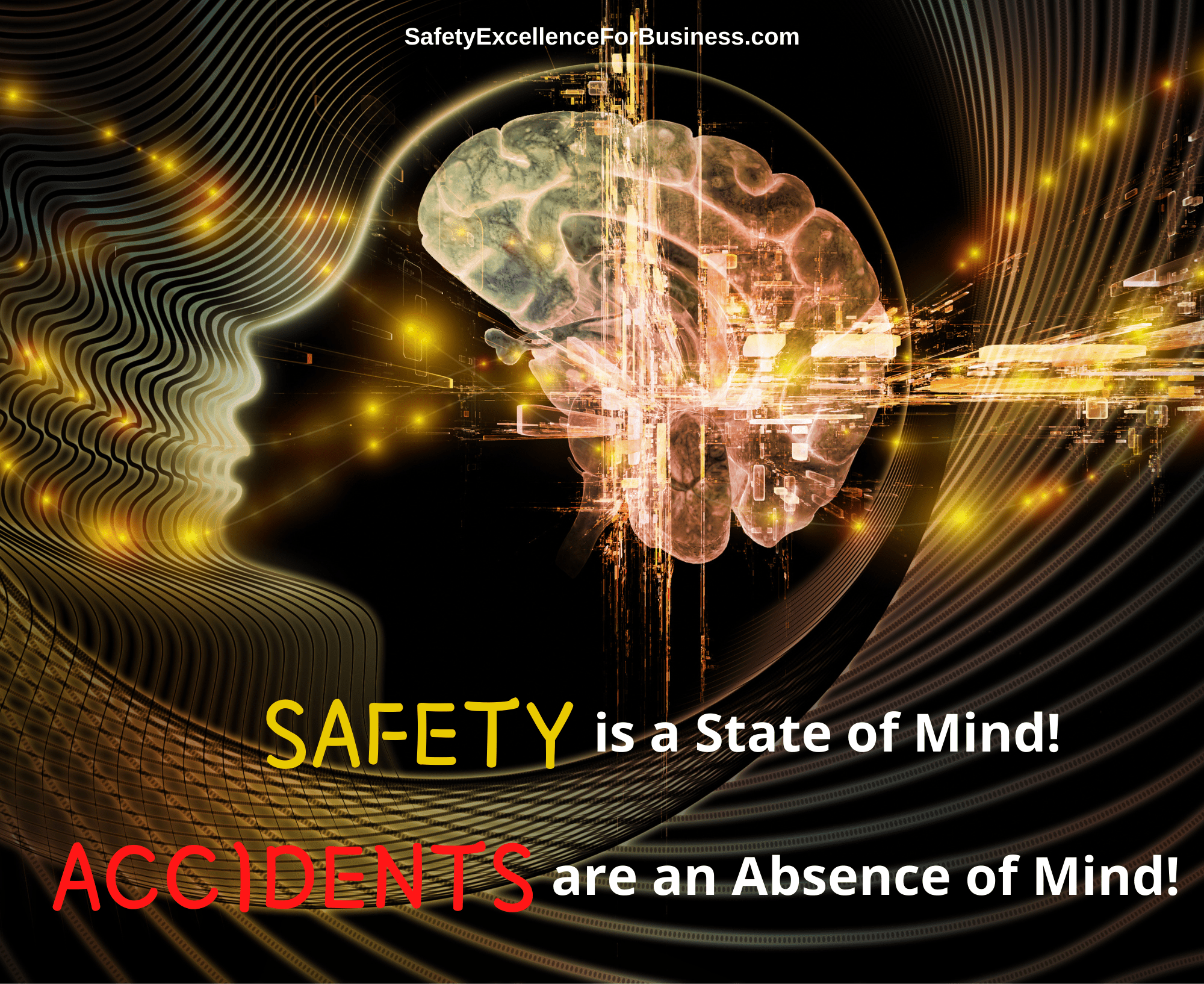
We decided to use the Cycle of Intelligence tool to hold and guide the workshop conversation. We’ll begin with the question “How can we build a stronger, safer business together?” As we talk together, everyone will get a better view of what is going on and see the whole business as well as the parts and the interaction of the parts.
Trust will build and together they’ll develop a plan to move forward transforming the business and safety to much higher levels of performance. The key parts of the conversation will be written onto a big wall chart as we go so everyone can see it and keep track of what they see and decide they need to do. This chart will be used as their strategic plan and guide going forward.
I have done many workshops using the Cycle of Intelligence, and improvement always emerges as long as the people are willing to talk together, listen and learn. This is going to be a fun project to see develop. I’ll keep you posted.
